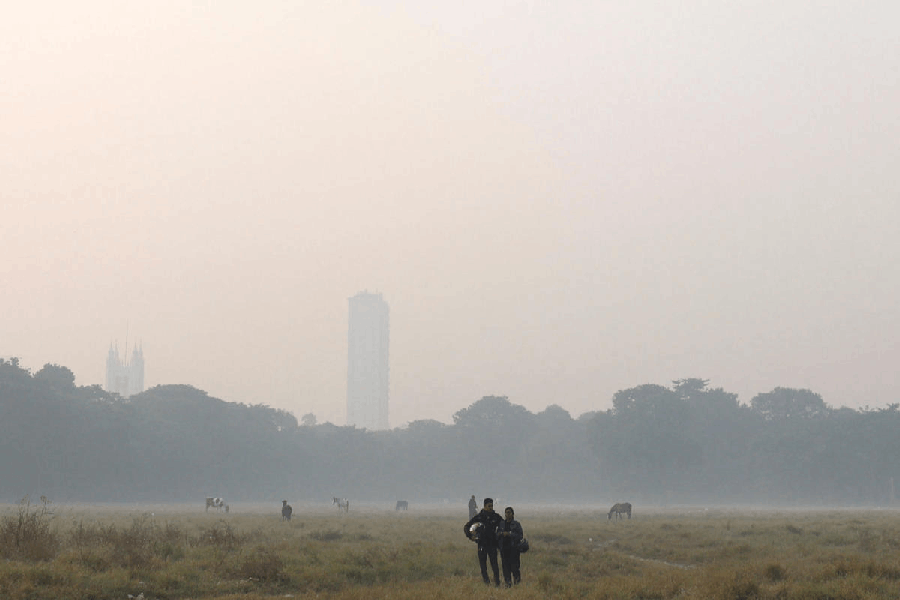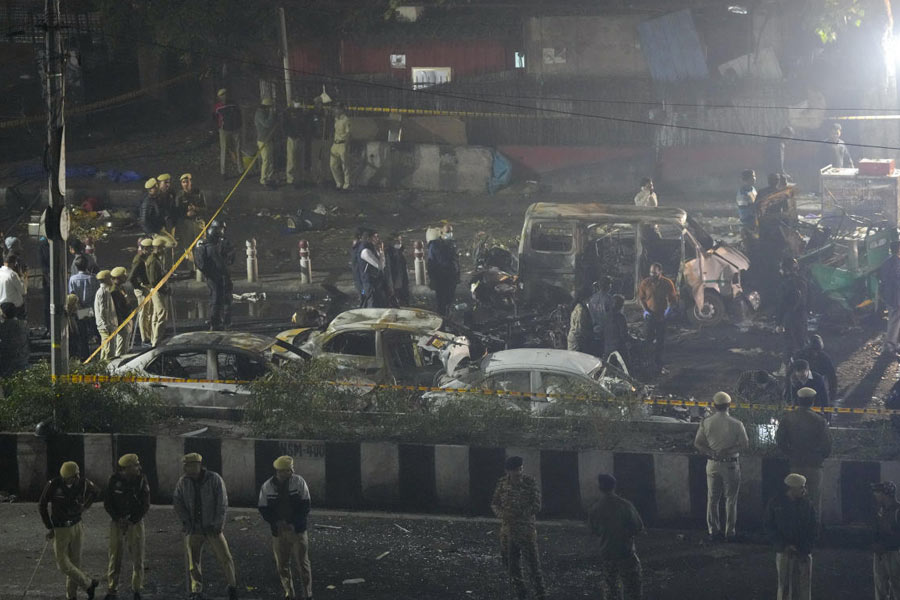 |
Bhubaneswar, April 27: The increase in traffic on the two national highways (NH-5 and NH-203) passing through the city, drop in groundwater percolation and the depleting green cover have contributed to the rise in temperature in the state capital.
Experts said the situation had been aggravated by the delay in the execution of some major projects that had dislocated traffic in certain areas. The traffic mess has also led to vehicles consuming more fuel and resultant increase in emission levels.
Former chairman of the Odisha State Pollution Control Board and former vice-chancellor of Sambalpur University Madhab Chandra Dash said: “There should be a deadline for everything. The ongoing work to lay sewer lines and construction of a bridge over Rajmahal Square, which has been on for nearly three years, are causing traffic congestion. This in effect is leading to more use of fuel. These might be only two examples, but any development work going beyond its deadline should not be tolerated for the sake of the city’s “environment.”
“The water bodies across the city are also shrinking. They are vital in cooling the city’s environment. But real-estate related growth has contributed to local heating by consuming eco-sensitive zones and agricultural lands on the city’s outskirts,” Dash added. He was speaking on the sidelines of the Earth Day celebrations in the city.
Not only are water bodies vanishing in the city and pushing up the mercury, the 10 drainage channels no longer remain natural. While all the natural drainage channels are polluted with wastewater and solid wastes, Gangua nullah, which is the carrier of these 10 channels, is also threatened. This has led the city’s drainage system to suffer.
Retired professor of geology, Utkal University, N.K. Mahalik said: “There is no pavement left in the city without concretisation. We should give space so that rainwater percolates to the ground. As the city is yet to have a proper policy on rainwater harvesting in houses and commercial establishments, too much of concrete pavements must be avoided. Not only will it help in a better water table, the soil temperature will also be controlled.”
Speaking on the loss of trees in the city, Dash said: “Bhubaneswar’s green cover is near the national average of 20 per cent of the urban area. But after trees are cut, proper plantation to make up for the loss is not done.
If big trees with adequate canopy cover are felled for development work such as road expansion, matching tree species should be included during plantation activity. However, canopy study is not undertaken.”
Calling for a proper plan to develop the city’s green belt, the ecologist also added that the plantation executing agencies should coordinate with scientists and experts. This would help in having a better and well-maintained green cover.
Both the experts suggested that there was urgent need for scientific disposal of solid waste to lessen chances of groundwater pollution. If this was done, it would leave a positive impact on the city’s environment.
Nachiketa Das, professor of geology, Ravenshaw University, Cuttack said bringing in a cooling effect in the state capital needs several steps including building micro-dams in the Chandaka forests, which lies to the north-west of the city.
Chandaka comprises several hills and if a couple of metre-high micro-dams could be constructed on it, the quality of soil would improve and help push up water retention capacity. This would also ensure perennial water flow in the streams originating from the hills. Thus seeds lying on the hills would also germinate naturally.
Advocating better restoration of all the drainage channels in the city, Das said: “Plantation activity, lesser number of blacktop roads, use of white-based colour for painting installations and trapping solar power can help lower temperature in the city.”











